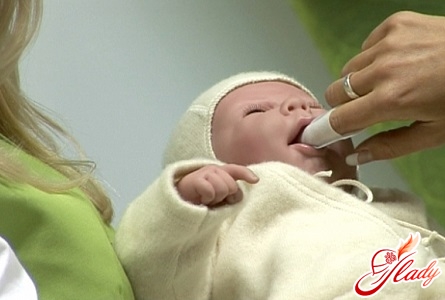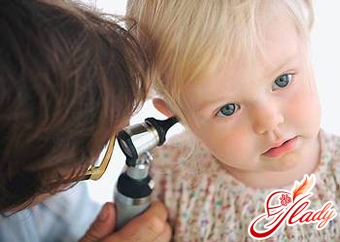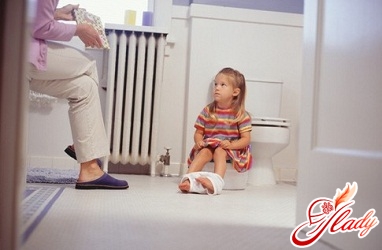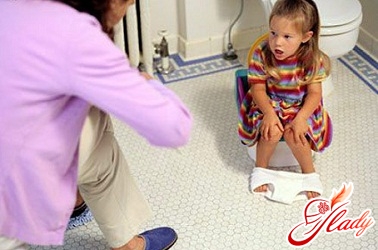
Thrush in children is very common,Every third infant suffers from this disease. But not every mother is well informed about what kind of disease it is and how to fight it correctly.
What is thrush? Causes of the disease
Candidiasis (commonly known as thrush) isa fungal inflammatory disease caused by yeast-like fungi Candida. It usually occurs in children in the first year of life, but can also occur at an older age. In infants, this fungus most often affects the mucous membrane of the oral cavity, less often the genitals and internal organs. All caring mothers immediately have the following questions: where does this disease come from? what is the source of infection? There can, of course, be many ways of infection. But the main thing to note is: if the mother suffered from genital candidiasis during pregnancy, then there is a high probability that the disease will pass to the child during childbirth. Also, if the child often regurgitates, an acidic environment is formed in the oral cavity, which is very favorable for the growth and reproduction of the Candida fungus. Well, it is imperative to remember the rules of hygiene. A dirty pacifier or a toy picked up from the floor, which the child puts in his mouth, can provoke the manifestation of thrush. Thrush in children can also occur against the background of other ailments, for example, after taking antibiotics. The Candida fungus is present in limited quantities in the body of every person. But it leads, figuratively speaking, a dormant life until favorable conditions for its existence arise. It immediately senses a weakened immune system in a person and begins to conduct its vigorous activity, multiply and manifest itself in the form of such an unpleasant ailment as thrush in a child.
Symptoms of the disease
There are several signs of thrush in children.The first sign of the disease is small red spots in the baby's mouth, which soon become cheesy. These rashes can also be very painful for the baby, so the baby may become restless and refuse to eat. Later, the entire oral cavity, lips, and even the larynx can be covered with a white coating. And if parents do not react to these signs in time, candidiasis can spread to the genitals or even develop into intestinal candidiasis, which, of course, can be very dangerous for the baby's health. Before starting treatment, it is imperative to show the child to an experienced pediatrician who will accurately diagnose and prescribe treatment. However, it is very important to identify and eliminate all the factors that provoked this disease in order to avoid re-infection. If regurgitation is constant, pay attention to the feeding technique. Do not forget to hold the baby upright after eating so that all the air he swallowed while eating can come out.
Treatment of the disease
If thrush began against the background of decreasedimmunity or some other disease, for example, acute respiratory infections, it is necessary to make every effort to increase immunity and fight a runny nose or cough. Well, and if you notice problems with the stool of the baby, this can also provoke thrush. It is recommended to examine the baby's intestines and, if necessary, treat dysbacteriosis. In general, if you remove the possible cause of the disease, it is easier to cope with the consequence. It is important not to forget that the child is still very small and many of the medications are contraindicated for him. And remember that candidiasis is a fungal disease and it should be treated with antifungal drugs. One medicine will not be enough to fight thrush. After each feeding, it is necessary to give the child water to drink to wash away food debris in the mouth. It is necessary to regularly wipe the baby's mouth. To wipe your mouth, you can use medications that doctors usually prescribe, or you can use folk remedies, such as a weak soda solution or calendula flower infusion. You need to wipe your mouth as often as possible, using gauze soaked in the solution.









